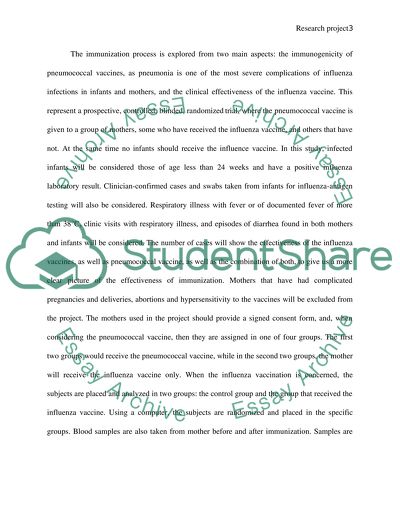Cite this document
(“Research project: Maternal influenza immunization Essay”, n.d.)
Research project: Maternal influenza immunization Essay. Retrieved from https://studentshare.org/health-sciences-medicine/1508489-research-project-maternal-influenza-immunization
Research project: Maternal influenza immunization Essay. Retrieved from https://studentshare.org/health-sciences-medicine/1508489-research-project-maternal-influenza-immunization
(Research Project: Maternal Influenza Immunization Essay)
Research Project: Maternal Influenza Immunization Essay. https://studentshare.org/health-sciences-medicine/1508489-research-project-maternal-influenza-immunization.
Research Project: Maternal Influenza Immunization Essay. https://studentshare.org/health-sciences-medicine/1508489-research-project-maternal-influenza-immunization.
“Research Project: Maternal Influenza Immunization Essay”, n.d. https://studentshare.org/health-sciences-medicine/1508489-research-project-maternal-influenza-immunization.


